Biden's EV Strategy is More Stick Than Carrot

There are competing philosophies when it comes to shifting the market to electric vehicles.
There’s the free-market philosophy, which says the market will get there on its own. There’s the incentive philosophy, which suggests incentivizing consumers will accelerate the transition away from the internal combustion engine. Consider that one to be the carrot approach.
Finally, we have the philosophy that if regulations don’t force automakers to make more EVs, they won’t, at least not quickly enough to address climate change. The free market and/or incentives won’t be enough. Consider this to be the stick.
Guess which philosophy President Joe Biden seems to be embracing?
According to the New York Times, Biden’s plan to cut tailpipe emissions is two-fold. The first part is to restore standards to what they were under Barack Obama, who Biden served as vice president. The second part? Make the standards stricter.
The Times reports that sometime this month, Biden will announce a plan to return to the Obama-era standards. The Times also reports that the administration is working on stricter standards. Those standards could reduce emissions and perhaps increase EV sales but they’d almost certainly be the target of political pushback. It’s also possible, though by no means certain, that stricter standards could have negative impacts on the industry.
Biden has already pledged to cut carbon emissions to half of 2005 levels by 2030.
“Look, the future of the auto industry is electric. There’s no turning back,” Biden said back in May, at a Ford event unveiling the Lightning electric truck. “We’re going to set a new pace for electric vehicles. That means reversing the previous administration’s shortsighted rollback of vehicle emissions and efficiency standards. Setting strong, clear targets where we need to go.”
Both the Environmental Protection Agency and the Department of Transportation are expected to propose a rule that would require passenger vehicles to have an average of around 51 mpg by 2026. Current standards, set by former President Donald Trump, hover around 44 mpg by 2026. Obama’s rules aimed for the same mpg but by 2025.
But wait, there’s more. The admin is also said to be working on rules that would be more “ambitious” (the Times word) and run through 2030 or maybe even 2032. A top climate advisor is apparently trying to write the rule so that it appeases both automakers and the labor unions.
According to the Times report, transportation as a sector is the biggest single source of the kind of emissions that warm the climate, at 28 percent of carbon emissions. The paper doesn’t break things out by segment, though — it doesn’t say how much of that is attributed to cars and how much is attributed to cargo ships or commercial airplanes.
The Times astutely notes that consumers might be slow to adopt EVs, due to the lack of charging infrastructure and other reasons. It also suggests that the passage of a general infrastructure bill might make tougher emissions rules an easier sell, especially if such a bill improves charging infrastructure and creates more tax incentives.
If an infrastructure bill doesn’t spend much to help support EVs, it could upset automakers, who’d be forced to build EVs that would be tough to sell. Unions also have skin in the game, since a shift to EVs could reduce the number of workers needed on the line.
There’s also politics to consider, as Biden is a car guy who has also presented himself as pro-union. There will also be pushback from the fossil-fuel industry.
Some governors want the Biden admin to go further and work to make sure all new cars and trucks are EVs by 2035.
We’re not going to tell you in this piece which philosophy is the best way to get the market to shift to EVs (I have thoughts on that subject but they are best saved for a separate op-ed), but from here it sure appears Biden chose the stick.
[Image: Ford]

Tim Healey grew up around the auto-parts business and has always had a love for cars — his parents joke his first word was “‘Vette”. Despite this, he wanted to pursue a career in sports writing but he ended up falling semi-accidentally into the automotive-journalism industry, first at Consumer Guide Automotive and later at Web2Carz.com. He also worked as an industry analyst at Mintel Group and freelanced for About.com, CarFax, Vehix.com, High Gear Media, Torque News, FutureCar.com, Cars.com, among others, and of course Vertical Scope sites such as AutoGuide.com, Off-Road.com, and HybridCars.com. He’s an urbanite and as such, doesn’t need a daily driver, but if he had one, it would be compact, sporty, and have a manual transmission.
More by Tim Healey
Latest Car Reviews
Read moreLatest Product Reviews
Read moreRecent Comments
- ToolGuy The only way this makes sense to me (still looking) is if it is tied to the realization that they have a capital issue (cash crunch) which is getting in the way of their plans.
- Jeff I do think this is a good thing. Teaching salespeople how to interact with the customer and teaching them some of the features and technical stuff of the vehicles is important.
- MKizzy If Tesla stops maintaining and expanding the Superchargers at current levels, imagine the chaos as more EV owners with high expectations visit crowded and no longer reliable Superchargers.It feels like at this point, Musk is nearly bored enough with Tesla and EVs in general to literally take his ball and going home.
- Incog99 I bought a brand new 4 on the floor 240SX coupe in 1989 in pearl green. I drove it almost 200k miles, put in a killer sound system and never wish I sold it. I graduated to an Infiniti Q45 next and that tank was amazing.
- CanadaCraig As an aside... you are so incredibly vulnerable as you're sitting there WAITING for you EV to charge. It freaks me out.



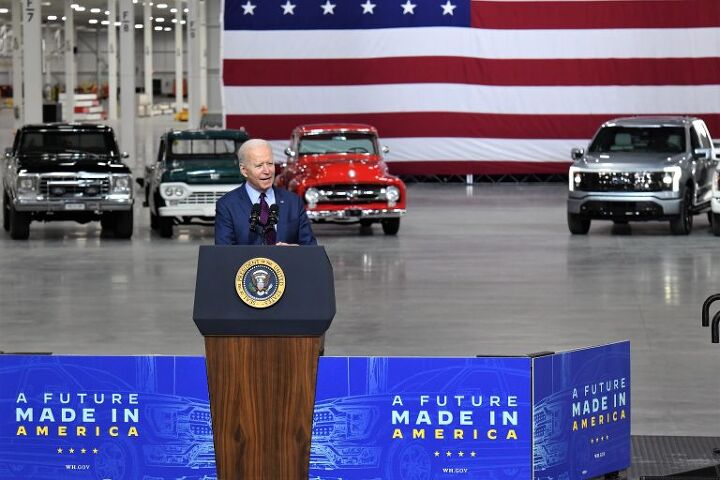















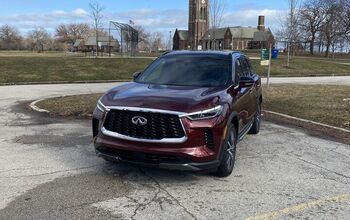
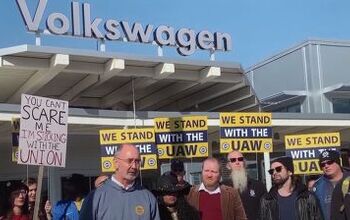

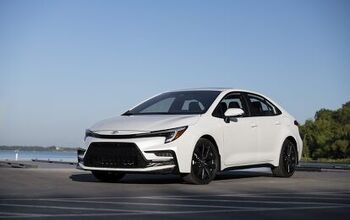

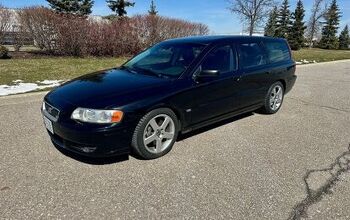
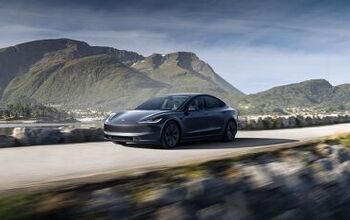
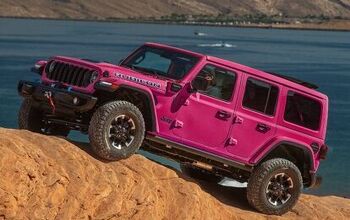
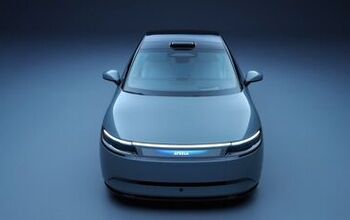
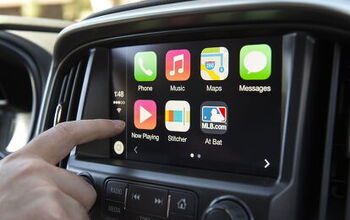
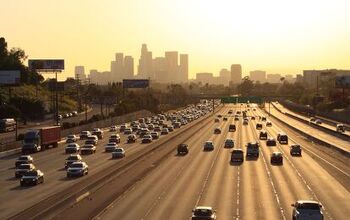


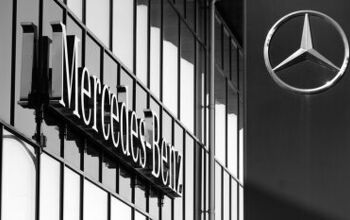
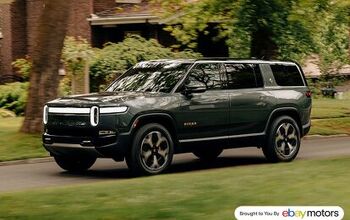
Comments
Join the conversation
It takes 3-5 minutes on average to fill a gas tank, and there are still often lines at gas stations. My local Costco station has 16 pumps, and I still wait 10 minutes sometimes. What happens when there are millions of EVs and it takes 30 minutes just to get a decent amount of juice, let alone a full charge? I lived in the upper east side of Manhattan for 25 years, and I owned four cars in that time frame. How and where would people in locales like that charge their EVs?
I could be terribly wrong here, but I mainly see two common responses to people that bring valid questions of attainability/usability of EV's in less-than-ideal situations (ie: rural areas without huge charging availability or even in bustling downtown areas where street parking is required). The most common responses are the rather sophomoric "if you can't afford it, sucks to be you" (seriously, this sentiment is present in no less than 10 of the comments on this article) and "if you're paying $XYZ for a home in that area, you can afford $X for a charging interface." I'm sure most see the issue with the first comment, but the second one is rather more complex, and just as concerning as the rural area customer. Charging interfaces may NOT BE AN OPTION, finances aside. This question is typically deflected to some other, barely relevant point but never really offered much of a solution for. And the biggest issue that I can see many people having with President Biden and his ilk right now is that they're doing their best to make ABSOLUTELY certain that people don't have a choice. They're *mandating* the future of the automobile, not creating it thru demand and innovation. The groundwork is being laid for further tightening control over ICE vehicles. 20 years from now, the likely majority of the population will still be reliant on ICE vehicles to get around for more than just the reason of "I can't afford it." The players on the hill are seemingly bastardizing not only the vehicle, they're bastardizing peoples ability to determine what's best for their needs, in their situations, in their locations at that time. The statement "The future of the automobile is electric" by the most powerful person in our country only helps to prove my point.